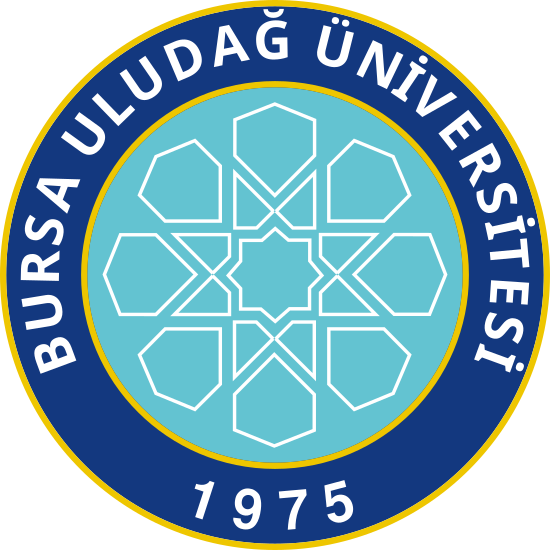Please use this identifier to cite or link to this item:
http://hdl.handle.net/11452/22923| Title: | Placental steroids in cattle: Hormones, placental growth factors or by-products of trophoblast giant cell differentiation? |
| Authors: | Schuler, Gerhard Greven, Helga Kowalewski, Mariusz Pawel Hoffmann, Bernd Doering, Barbara Uludağ Üniversites/Veteriner Fakültesi/Kadın Hastalıkları ve Doğum Anabilim Dalı. 0000-0003-4694-6937 Özalp, Gözde Rabia AAE-3607-2019 8555276100 |
| Keywords: | Cattle Placenta Steroidogenic enzymes Steroid receptors Estrogen-receptor-alpha Bovine placenta Late-gestation Corpus-luteum Functional-differentiation Progesterone production Conjugated estrogens Fetoplacental unit Molecular-cloning Parturition Endocrinology & metabolism |
| Issue Date: | Jul-2008 |
| Publisher: | Johann Ambrosius Barth Verlag Medizinverlage Heidelberg |
| Citation: | Schuler, G. vd. (2008) ''Placental steroids in cattle: Hormones, placental growth factors or by-products of trophoblast giant cell differentiation?''. Experimental and Clinical Endocrinology & Diabetes, 116(7), 429-436. |
| Abstract: | The bovine placenta produces large amounts of steroids, mainly estrone (E1) and progesterone (P-4). Specific features of bovine placental steroidogenesis are I) the expression of all enzymes needed for the production of estrogens from cholesterol in the trophoblast 2) an only marginal and temporal contribution to peripheral maternal P4 levels restricted to a period between approx. days 150-240 of gestation 3) the predominance of sulfoconjugated over free El and 4) a complementary setting of steroidogenic enzymes in the two morphologically discriminable trophoblast cell types, the uninucleated trophoblast cells (UTC) and the trophoblast giant cells (TGC). In cattle so far no definite information is available on the specific biological roles of placental estrogens and P4. However, the detection of estrogen receptors and progesterone receptors in the placentomes Suggests a role primarily as local regulators of caruncular growth, differentiation and functions. Inconsistent with a function as a caruncular growth factor is the strong evidence that in cattle placental estrogens enter the maternal compartment almost completely as estrone Sulfate (EIS), which is not active at classical nuclear receptors. Oil the other hand, E IS may be converted locally to free active estrogens via the action of steroid sulfatase (StS), which has been detected in specific parts of the bovine carancular epithelium. Alternatively or in addition, StS expression in the caruncular epithelium may serve the utilization of sulfated neutral steroid precursors (e.g. pregrienolone sulfate or cholesterol sulfate) supplied with maternal blood, thus providing free substrates for further metabolization in the adjacent trophoblast. The down-regulation of P450scc and P450c17 and the Up-regulation of 3B-HSD and aromatase during the differentiation of TGC from UTC in parallel with the up-regulation of ERE and estrogen sulfotransferase in maturing TGC suggests a function of placental estrogens primarily as auto-or intracrine regulators during this process and assigns to conjugated placental estrogens a role as inactivated by-products of TGC differentiation intended for excretion. Collectively, despite some evidence from recent studies for putative roles of placental steroids in cattle their exact functions in the bovine species remain still undefined. |
| URI: | https://doi.org/10.1055/s-2008-1042408 https://www.thieme-connect.de/products/ejournals/abstract/10.1055/s-2008-1042408 http://hdl.handle.net/11452/22923 |
| ISSN: | 0947-7349 1439-3646 |
| Appears in Collections: | Web of Science |
Files in This Item:
There are no files associated with this item.
Items in DSpace are protected by copyright, with all rights reserved, unless otherwise indicated.
